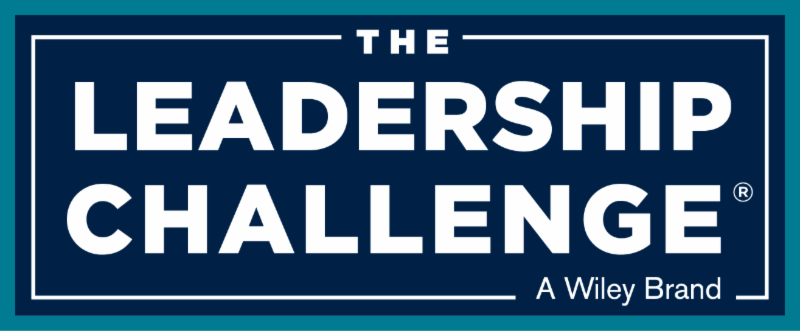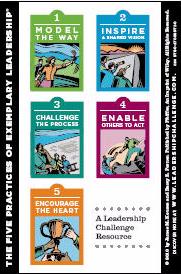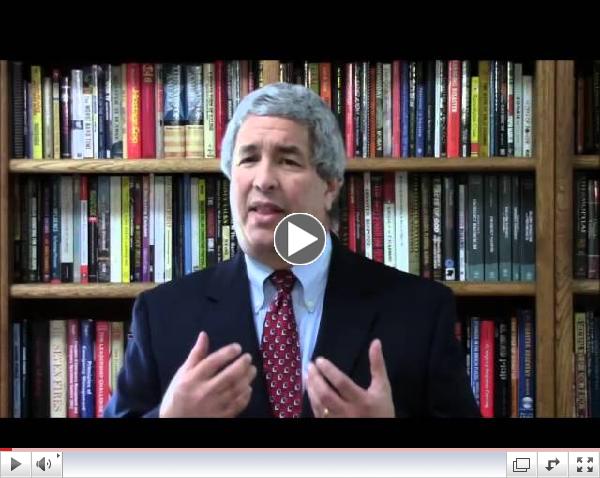 |
In 1889, Johnstown PA was a major center of steel production. However, industrial waste had narrowed the rivers that flanked the city, increasing the risk of flooding which occurred fairly regularly. Fourteen miles and 450 feet above Johnstown, a group of wealthy industrialists had restored a disused reservoir, turning it into a country club. However, the restoration removed the relief valves and placed a fish screen in the spillway to contain a valuable stock of fish.
In May, a major storm caused the level of the reservoir to rise, leading to an over-topping and collapse of the dam, releasing almost 4 billion gallons of water. Debris caught up by the flood backed up against a stone railroad bridge just past Johnstown and caught fire, burning for several days. Over 2,000 people were confirmed dead and damage was over $474 million (in 2018 dollars. |
The following are excerpts from my blog
Canton on Emergency Management. Please visit my blog to see the rest of my articles.
Despite the presence of official shelters, evacuees may choose to create spontaneous shelters in other areas. Quick action is essential to head off safety concerns and to avoid public relations nightmares.
|

What Is The Leadership Challenge?
 Is leadership a learned behavior or an innate personality trait? While there are certainly naturally charismatic individuals who are considered "born leaders", leadership is a measurable set of behaviors that can be learned and taught. This is the conclusion arrived at by researchers Jim Kouzes and Barry Posner after years of rigorous research. Starting in 1982, Kouzes and Posner set out to understand what happened when leaders performed at their personal best. They conducted hundreds of interviews and reviewed hundreds of cases studies and survey questionnaires. What emerged were five fundamental practices common to extraordinary leadership achievements:
- Model the Way
- Inspire a Shared Vision
- Challenge the Process
- Enable Others to Act
- Encourage the Heart
The Leadership Challenge begins with a 360-degree assessment of thirty leadership behaviors associated with the five practices, the Leadership Practices Inventory. The results are used to identify opportunities for improving as a leader by increasing the frequency of specific behaviors. Based on over thirty years of research, the Leadership Challenge is an effective and practical tool for leadership development.
To find out more about the
Five Practices of Exemplary Leadership
, consider taking
The Leadership Challenge
. Just click on the icon below for more information:
|
|
| Click here to take The Leadership Challenge |
____________________________________
The Leadership Challenge: How to Make Extraordinary Things Happen in Organizations
by James M. Kouzes & Barry Posner
_______________________________
The Leadership Challenge is a registered trademark of John Wiley &
Sons, Inc.
|
Free Resource Guide for Solo Consultants
For solo consultants, true wealth is discretionary time. Don't waste yours on simple tasks that can be handled by technology. This free resource guide reveals the four essential online tools I use to manage my solo consulting practice and save hours of valuable time. And the best part is - they're free!
 Interested in exploring the world of consulting? My membership site might be just the resource you need to get started. You'll have access to blogs designed to answer very specific questions, a resource library of templates and articles, the opportunity to network with peers, and discounts on coaching and training programs. Download the free guide or click on the logo above to go straight to the site.
Interested in exploring the world of consulting? My membership site might be just the resource you need to get started. You'll have access to blogs designed to answer very specific questions, a resource library of templates and articles, the opportunity to network with peers, and discounts on coaching and training programs. Download the free guide or click on the logo above to go straight to the site.
|
|

M
y Blogs
Follow Me
|
|

Welcome to the February edition of Emergency Management Solutions.
It seems that 2019 is not off to a great start. Last month we said farewell to Donald "Doc" Lumpkins; this month we mourn the passing of Russel Dynes, one of the godfathers of emergency management. If you are not familiar with the name, visit the
tribute page at University of Delaware's Disaster Research Center to learn about this remarkable man. Dr. Dynes was a co-founder of the Center and his body of research forms the basis of much of emergency management theory. His impact on our profession lives on in the many researchers he taught and mentored.
On a slightly happier note, the 2nd edition of my book is in the final stages of production with an expected release date in April. It's available for pre-order on Amazon. I'll provide more information next month.
Regards,
|
|
_
________________________________________________
Does Functional Planning Work?
History seems to think so!
_________________________________________________
With the growth of emergency management and the evolution of a national disaster bureaucracy, we sometimes forget that people have been dealing with disasters for centuries. There seems to be an inherent assumption that our way of managing disasters is better than past systems, which can lead to a tendency to ignore history.
One of the basic concepts of planning that we sometimes forget is that the closer our disaster management organization reflects our day-to-day organization, the more efficient it will be. In times of crisis, people tend to default to the familiar: the lines of authority and practices with which they are most used to A disaster is no time to implement a new social structure, which is why the Incident Command System doesn't always work for the private sector where training and experience are sometimes lacking.
If in fact our modern techniques of disaster management are efficient, one would expect to see them reflected in the ad hoc mechanisms developed in historical disasters.
______________________________
_______________________
________
If you are having trouble viewing my featured article, try clicking on the link at the top of the page. You can always find my articles in the white paper section of my blog site, Canton on Emergency Management.
|
|
Are You "Dressing for Success"?
One of the defensive traits that evolved in early humans is the ability to pickup visual cues quickly and use them to recognize friend from foe. While this isn't as essential as it was in prehistoric times when a stranger was most likely a threat, this trait still exists and many social problems can be linked to it. Back in the 70's an influential book titled
Dress for Success adapted this trait to gentlemen's fashion and spawned an entirely new genre of self-help books. The author, John T. Molloy, conducted research that demonstrated how people are influenced by the clothes worn by others. He and his team found that small variations in things such as style, color, or fabric could affect how others perceive you.
We know that people form a lasting impression of others within the first few minutes of meeting them. That impression is based, to a large extent, on physical factors such as attractiveness, facial shape, or emotional state. What's significant about Molloy's research is that subtle cues in clothing also can influence whether the person you are meeting perceives you as a peer.
What's this have to do with emergency management? It really comes down to how you want to be perceived. If you want to be accepted as a peer by senior executives, you need dress as they do. I was hired for my first big security job because I dressed like the manager who was interviewing me, something he commented on. During my time in San Francisco, we served as members of the Mayor's staff and he had a strict dress code. This helped our credibility when dealing with department heads and the public.
If you dress like a technician, you'll be treated as such. You will be respected but you will most likely not be counted part of the "inner circle". Dress like senior managers and you will be seen as a peer whose opinion should be respected.
Professional Development Opportunities
June 3-6, 2019
FEMA Emergency Management Institute
Emmitsburg, MD
Workshops, plenaries, and breakout sessions highlighting how to build, engage, and amplify the work of the emergency management academic community while focusing on diversity, inclusion, and unity of effort.
Broomfield, CO
The theme of the 2019 Workshop will be Convergence. Explore how we come together to study hazards and disasters, apply the knowledge that's generated, help one another, build community capacity, implement meaningful policy, and envision a future that leads to reduced disaster risk and improved social well-being.
Nov. 15-20, 2019
Savannah, Georgia
The goal of the IAEM Annual Conference is to improve knowledge, competency level and collaborative skills. IAEM accomplishes this by attracting relevant high-profile speakers to address current topics and practical solutions.
|
|
|
Avoiding Burnout
We've all experienced those bad days at work when we feel we are reaching the end of our rope. Burnout is a very real issue for emergency managers, given the many built-in frustrations of the job. There is no question that chronic stress can cause or exacerbate both physical and mental health issues such as depression or cardiovascular disease.
There are numerous ways to deal with stress, some of which I've discussed in the past. However, I recently came across a technique for reducing stress that is both simple and practical.
When someone complained of burnout on social media and asked for advice, a good friend of mine, Monica Stroud, a Senior Software Engineer for CBS Interactive, offered these suggestions:
- Take a personal day. Spend time sitting quietly away from technology (and sometimes even from people). Do not do chores or projects or that one more thing. Give yourself some quiet time.
- After a while start mulling over the job. What is vexing you? Is it a particular piece, the whole thing, a person, a situation?
- Write down all the vexers. Then write down what you can actually do about the vexer. If you can't do anything about it then is it a straw that says, "get a new job", "go to a new company" or is it just a thing you tolerate?
- For things you can change, note things you can do, actual actions that will eliminate/alleviate the issue. For some issues this may mean setting a meeting with management and tossing the problem in their lap. I've found that "{this} is making me unhappy and I have no way to fix it and I would like your attention on this." is a good conversation to have.
|
 Ruthless Tide: The Heroes and Villains of the Johnstown Flood, America's Astonishing Gilded Age Disaster
Ruthless Tide: The Heroes and Villains of the Johnstown Flood, America's Astonishing Gilded Age Disaster
By
Al Roker
The Johnstown flood in 1889 is the stuff of legend and is, like many historical disasters, largely forgotten. Yet it was a major focusing event that would have repercussions for years to come.
Roker does an admirable job of breathing life into this story by focusing on several key figures. More importantly, he explains the context that led to the disaster, a combination of
environmental damage due to the steel industry that increased the risk of flooding, poor dam construction due to cost cutting, and a "perfect storm" that saw three weather patterns converge over the area.
Roker also devotes some time to the issues of recover, touching on the work of the Red Cross and the formation of various committees along functional lines. Johnstown was a major center of steel production and this added impetus to the need to clear debris and restore production as soon as possible. Also of interest is Roker's description of how "disaster tourists" and volunteers created problems with recovery.
This is a gripping and very readable history of a major event in disaster history. I highly recommend it.

|
|
Available for Pre-order on Amazon!
Emergency Management: Concepts and Strategies for Effective Programs
2nd Edition
by Lucien G. Canton
|
|
Need a speaker for your next conference? I offer keynotes, seminars and workshops.
 |
|
Three Reasons Why I'm the Right Speaker for Your Conference
|
|
|
Speaking Engagements
March 13, 2019
San Antonio, TX
March 15, 2019
|
|
| |
|